Sony Xperia Z3 vs Samsung Galaxy S5
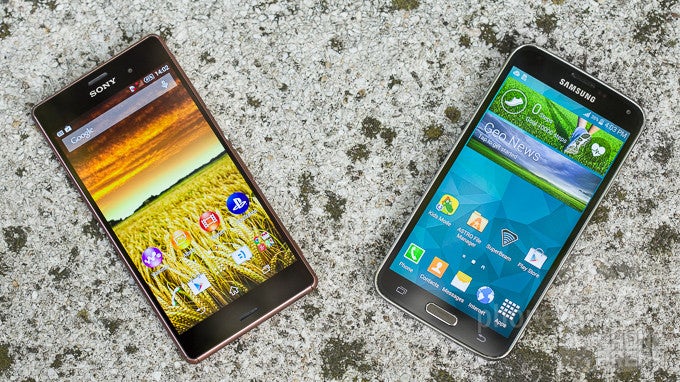
Introduction
Sony did put up a direct competitor to Samsung's flagship in the spring – the Xperia Z2 – but its six-month upgrade cycle now spits out an even better phone against the same old S5, just in time for the holiday shopping craze. The new Xperia Z3 is slimmer, prettier, and more decked-out than its predecessor, chipping away at any and all advantages the Galaxy S5 might have had before, so we are pitting it against Samsung's direct competitor to help you choose...
Design
The stylish Xperia Z3 looks like a catwalk star next to the plastic Galaxy S5, and sports a higher waterproof rating.
The Z3 has one distinctly visible advantage before the S5 in terms of design, and it is its slim and premium glass and metal unibody, to which the Galaxy S5 can bounce a largely plastic one, with a tacky faux leather back cover. Despite that removable back battery cover, the Galaxy S5 sports an IP67 waterproof rating, allowing you to submerge it in up to three feet of water for half an hour. Sony's phone is also waterproof, though, and with a higher, IP68 rating at that, meaning you can dunk int in five feet of fresh water in its turn. Sony also adorned the Z3 with two stereo speakers at the front as an added value, while Samsung bet on biometrics, such as a fingerprint scanner embedded in the home key, and a heart rate sensor on the back, which work as advertised, though we prefer Apple's or Huawei's approaches to fingerprint recognition.
The S5 is comparatively large for the screen diagonal, but the Xperia Z3 is even taller, making it a bit more uncomfortable to carry in your pocket. Its signature metal power/lock key is a tad smallish and wobbly, so it's more of a chore to find and press it without looking, than the adequately placed lock key on the side of the S5. Looking at the back, we find the 16 MP camera of Samsung's flagships placed smack in the upper middle, while the Z3's 20 MP snapper is pushed all the way to the corner, so your fingers often gets in the way while shooting in landscape mode.
Display
The bright Z3 LCD panel beats Samsung's AMOLED display in its own game..exhibiting saturated but inaccurate colors and cold color temperature.
The phones have almost the same screen diagonals – 5.2” for the Xperia Z3, and 5.1” for the S5, and the same 1080 x 1920 pixels resolutions, so both sport excellent 400+ ppi pixel density. Surprisingly, despite the totally different screen technologies – LCD for the Xperia, and AMOLED for the Galaxy, - they exhibit equally inaccurate color representation. While cold, off-base and oversaturated colors were to be expected from Samsung's AMOLED screens, at least until the Note 4, we were taken aback to measure even colder colors on the Z3, to the tune of the abominable 10324 Kelvins, with 6500K as a reference. This makes the Z3 panel one of the coldest we've measured so far, and looking very artificial, not to mention that the hue presentation is all over the place when referenced to the standard, as you can see in the color charts below.
Sony says that this color-busting panel is made with a brand new screen tech that improves brightness, and lowers power consumption, and we indeed measured the whopping 713 nits maximum, as well as a great battery life. The Galaxy S5, however, is also bright, and with low screen reflectance, so the outdoor visibility of the two is about on par. The minimum brightness of the handsets is also equal, and it is the excellent 4 and 2 nits, respectively. Both phones offer super-sensitive touch layers that can be turned on and off at will, and allow you to operate the screen with gloves.
Interface
The somewhat cluttered TouchWiz is way more functional than the plain Jane Xperia UI of the Z3, but looks rather inconsistent.
Carrying the latest Android 4.4 KitKat, the Galaxy S5 and the Z3 sport very different interface overlays. Sony's Xperia UI is closer to the stock look than Samsung's TouchWiz, and has way less extra functions. It adds some light multitasking tools like the Small Apps suite, which lets you hover up to five windowed apps, resize and move them around. It also sports the handy double-tap-to-wake function, which the S5 doesn't have, and that's about it.
In contrast, Samsung throws most every option and functionality imaginable in its TouchWiz interface, making it appear a tad overbearing. The S5 meets Sony's Small Apps with the Pop-up View mode that lets you hover multiple windowed apps on top of the interface, and adds the famed Multi-Window regime. This one allows you to divide the screen in two resizable parts, and run completely separate apps in each. We also get a superior one-handed mode on Samsung's handset, that can shrink the whole interface left or right, as if you are using a handset with a much smaller screen, while the Z3 only allows you to shrink the keyboard left or right, so it is easy to tap on while holding the phone with one hand.
Processor and memory
Donning the same Snapdragon 801 chipset version, both phones perform in a similar fast manner, though the Xperia is more generous with its 3 GB of RAM.
Both phones are powered by the same Snapdragon processor, the 801AC version, clocked at 2.5 GHz, which runs the interface and apps without much issues. The Xperia UI is lighter than TouchWiz, yet we noticed some gaps in transitions and redrawing while flicking the interface around, too, but nothing major.
Samsung has placed 2 GB of RAM in the Galaxy S5, while the Z3 makes no compromises, and is outfitted with 3 GB, so you can rest assured you can load tens of apps in the memory, and pick up right where you left off without a hitch. The Z3 and S5 come with 16 GB of internal memory, and they both possess microSD slots, so you can add more storage at your convenience.
Internet and connectivity
Samsung has equipped the S5 with two browsers – its own TouchWiz piece, and Google's Chrome, while the Z3 ships with Chrome only. The browsers on both handsets perform admirably while scrolling, panning around, or zooming, but we would give our preference to the TouchWiz renderer, which is faster, and lets you sideload Adobe Flash.
The handsets flaunt 4G LTE connectivity, with market-dependent bands support, and 42 Mbps HSPA+ modems.We also get Wi-Fi/ac, Wi-Fi Direct, Bluetooth 4.0, A-GPS, DLNA, and NFC on the phones, while Samsung adds an infrared sensor for controlling your home electronics to the mix. Both handsets offer MHL ports for wired connectivity, letting you hook them directly, or through an adapter, to a TV.
Camera
The Xperia Z3 camera flaunts better color representation than the S5 in daylight, and is superior during low-light shots.
The S5 comes with a 1/2.6”16 MP camera module with f2.2 aperture while Sony's flagship sports a 20.7 MP 1/2.3” Exmor RS sensor, and Sony touts the new 25mm G Lens optics (f2.0), and other changes under the hood, such as boasting up to 12800 ISO sensitivity. As for the frontal cameras, both come with the typical 2 MP shooters. The handsets are adequately fast to shoot and record a snap, with Samsung's Phase Detection Autofocus System giving it an edge here, while the Xperia Z3 has a dedicated shutter button to the scale, so you can take a photo from a locked screen in a second or two.
The two camera interfaces are anything but bland, as they sport a bewildering variety of shooting modes, color effects, and neat depth-of-field tricks. You can bet that there are all the basics, such as real-time HDR, Panorama, and so on. Samsung's interface is easier to use than the cluttered Xperia camera app, but if you are shooting in the default automatic modes, taking pictures with both phones is a breeze.
Both phones produce high-quality photos, but not exactly identical. While there are minor differences in the color representation, the S5 is overall the better one in this aspect – some of its photos turned out slightly warmer than in real life but most of them are still a step more accurate than the ones of the Z3, which often returns slightly cold and washed-out colors. By default, Sony's camera captures 8MP photos, instead of the larger 20MP ones its sensor is capable of. As we have pointed out before, we agree with Sony's decision and prefer better 8-megapixel photos than lower quality 20MP ones. Still, we can't hide that the S5 photos have better fine details.
Indoors in low-light scenarios, and especially at night, however, the Galaxy S5 gives way to the Xperia phone. In artificial lightning, the Z3 managed to beat the S5 in most scenes, delivering better colors and detail. Z3's LED flash is also a tad more powerful, while still managing to return photos with more balanced colors. Finally, the Z3 is better in night photography, as it exposed the illuminated buildings rather correctly, while the S5 overexposed them, resulting in a burned-out photo that is almost unusable.
Multimedia
The phones are multimedia powerhouses, supporting every major video format from the box, but we'd have to give it to the Xperia Z3 when it comes to music playback.
Both galleries offer grid thumbnail views, and allow for rich picture editing from within the apps, as well as sport plenty of sharing options. Video playback is excellent on both handset, too, as they support DivX/Xvid/MKV files out of the box, and the players offer plenty of extras like zooming, previews, and subtitles support.
When it comes to the music players, we'd have to give one up for the Xperia phone, as it has a much sleeker and more comfortable interface. Both Z3's Walkman player, and Samsung's TouchWiz one have plenty of equalizer and visualization options built in, but the graphical environment on the Sony looks much more stylish than the squarish Samsung UI. The Xperia Z3 also flaunts Sony's Digital sound Enhancement Engine (DSEE), which brags to upconvert crappy tracks to a higher-resolution format - we can attest that there is a slight difference, though not as stark as if the tunes were high quality in the first place. Sony offers two waterproof stereo speakers at the front, which sound clean, but are somewhat muffled, while the Galaxy S5 only offers one speaker at the back, which is strong enough, but with a subpar quality.
Call quality
Both phones demo average quality earpieces, but fine noise-canceling mics that relay voices loud and clear to the other end.
Xperia Z3 exhibits an average call quality, as it is powerful enough to hear in noisy environments, but the voices coming through sound a tad muffled, and slightly distorted at the highest volumes. The Galaxy S5's earpiece is strong enough, but leaves something to be desired in terms of depth and clarity of the voice timbres passing through. Both the Xperia Z3, and the Galaxy S5's noise-canceling microphones do a very good job at separating ambient noises, and relaying are voice loud and clear to the other end.
Battery
Xperia Z3 endures about 25% longer than the already excellent in that regard Galaxy S5, making it the longest-lasting flagship.
Xperia Z3's 3100 mAh battery is cited as good for 16 hours of talk time in 3G mode, and the whopping 37 days on standby, while Samsung touts 21 hours of talk time in 3G, and 16 days on standby from the 2800 mAh juicer. Sony's phones are occupying the majority of the top spots in our battery benchmarks lately, and the Z3 is no exception, lasting almost nine and a half hours during our test, putting it at the top of current Android flagships. The Galaxy S5 managed 7 hours and 40 minutes on our test, which is an excellent result as well, but no match for the Z3's endurance.
Conclusion
Samsung's Galaxy S5 is getting a bit long in the tooth already, just half a year after introduction, and Sony's six-month upgrade strategy seems like a winning bet when you have to choose between the S5 with the new Xperia Z3 this holiday season. It is slim, stylish, with a higher waterproof rating, and looks and feels way better in terms of design than the plasticky S5, faux leather back or not. Granted, the Xperia Z3 is a tad taller than the S5, but the overall dimensions of both are bearable for one-handed usage, plus you get stereo speakers with the Z3. Samsung's stand-out biometrics, like the fingerprint scanner and the heart rate sensor on the back are an acquired taste, and you might find the superior audio experience on the Z3 more useful in your everyday interaction with the phone.
Outfitted with the same chipsets, screens with almost equally inaccurate color representation, and equally good outdoor visibility, neither can come out on top. When we arrive at the cameras, however, Sony's module proves a tad better, mainly for the indoor and night shots, where it beats the S5 by a huge margin. Adding a superior battery life to the list of the Xperia's virtues, your only deterrent for choosing the Z3 before the S5 can be the price, as Samsung's phone is now about a quarter cheaper when you buy without a contract.

Follow us on Google News
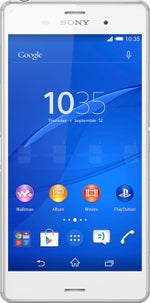











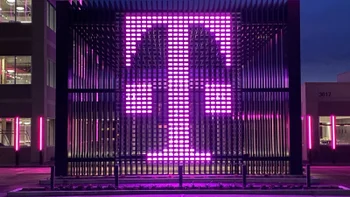

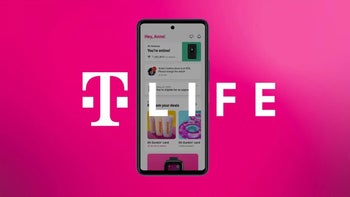
![Verizon is down across the US, and no one knows when service will be back [UPDATED]](https://m-cdn.phonearena.com/images/article/173671-wide-two_350/Verizon-is-down-across-the-US-and-no-one-knows-when-service-will-be-back-UPDATED.webp)
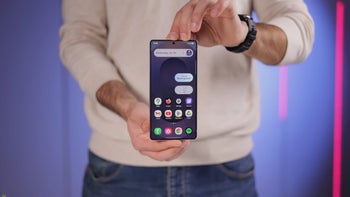
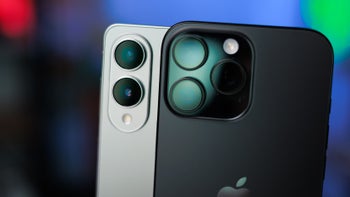

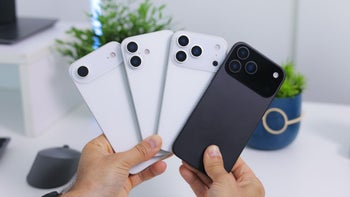
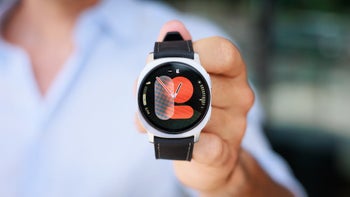
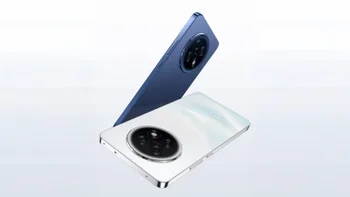
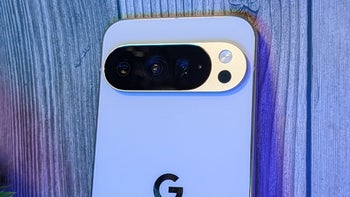
Things that are NOT allowed:
To help keep our community safe and free from spam, we apply temporary limits to newly created accounts: